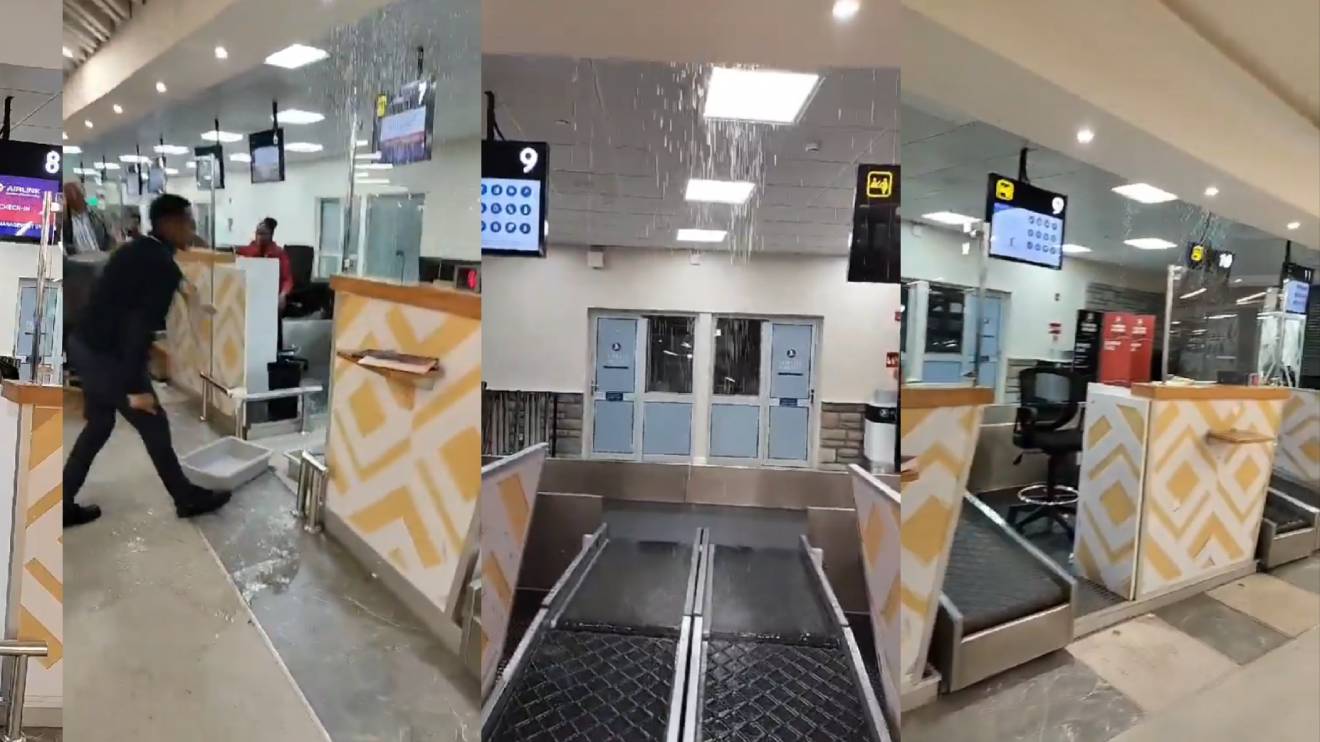The family of the late assistant minister and former Sotik MP, Lorna Chepkemoi Laboso, has been granted justice by the High Court, with the Kenya Civil Aviation Authority (KCAA) ordered to pay them a sum of Sh10.5 million in compensation for her tragic death.
High Court judge Arsenath Ongeri found the Authority negligent for issuing the pilot of the ill-fated aircraft, Christopher Maria Schnerr, with a license without confirming his competency to fly, resulting in the fatal crash that claimed Laboso's life.
Laboso tragically passed away on June 10, 2008, alongside former Minister Kipkalya Kones when aircraft 5Y BVE crashed at Kojonga area in Narok because of negligence.
In the court ruling, Justice Ongeri expressed condemnation towards the negligent actions of the KCAA, stating, "I find that the defendant was negligent in issuing a conversion to the pilot without taking tests to ensure he was competent to fly the aircraft."
The judge further criticized the Authority for allowing the registration of the aircraft without ensuring the presence of a policy of insurance regarding third parties.
Read More
Laboso's son, Marco Kiprono, who was a minor at the time of the accident, has been awarded compensation, including Sh50,000 for pain and suffering, Sh100,000 for loss of expectation, Sh9.8 million for loss of dependency, and special damages totalling Sh889,365.
The court heard that the tragic accident could have been avoided if the pilot had adhered to visual flight rules and exercised caution in the face of deteriorating weather conditions, particularly poor visibility over the Mau escarpment.
According to Justice Ongeri, it was the responsibility of the KCAA to ensure both the airworthiness of the aircraft and the competency of its pilot.
However, the court found evidence that the pilot was issued a Kenya license without proper confirmation of his competence, leading to the fatal crash.
Controlled Flight Into Terrain (CFIT) was determined as the cause of the accident, a phenomenon often attributed to a lack of situational awareness.
The court heard that the pilot's misinterpretation of available cues or loss of necessary cues contributed to the tragic outcome.
In its defence, the KCAA argued that the accident was solely caused by the pilot's lack of vertical situational awareness, attributing no fault to the Authority itself.
The agency maintained that all relevant requirements pertaining to the issuance or renewal of the certificate of airworthiness of the aircraft had been adhered to.
The ruling serves as a reminder of the crucial role regulatory bodies play in ensuring aviation safety and highlights the need for stringent measures to prevent similar tragedies in the future.
As Laboso's family finds solace in the court's decision, it underscores the importance of accountability in the aviation industry to uphold the safety of passengers and crew alike.

-1709900126.jpeg)

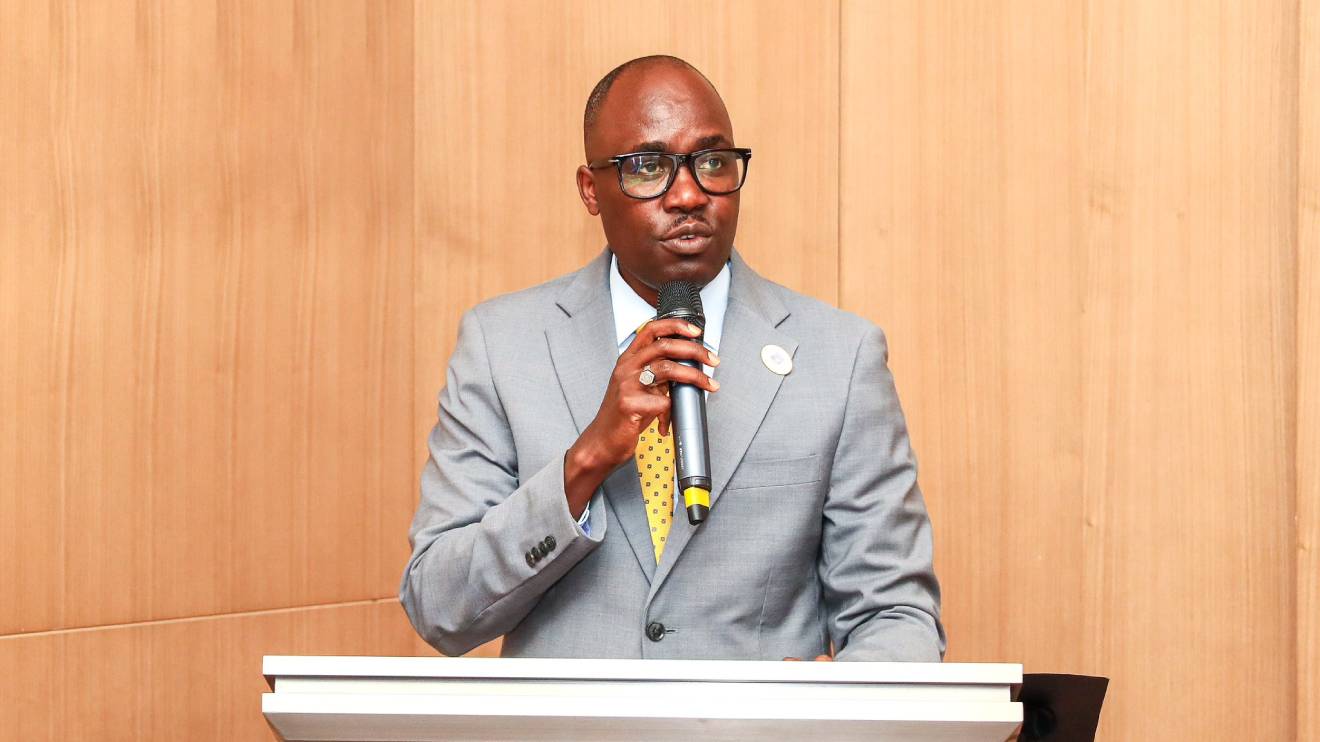
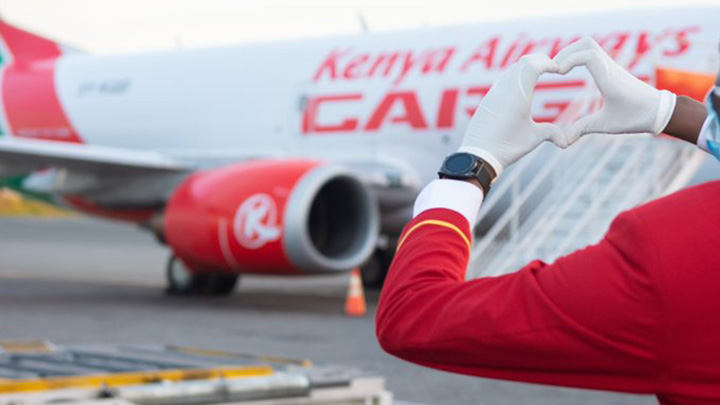

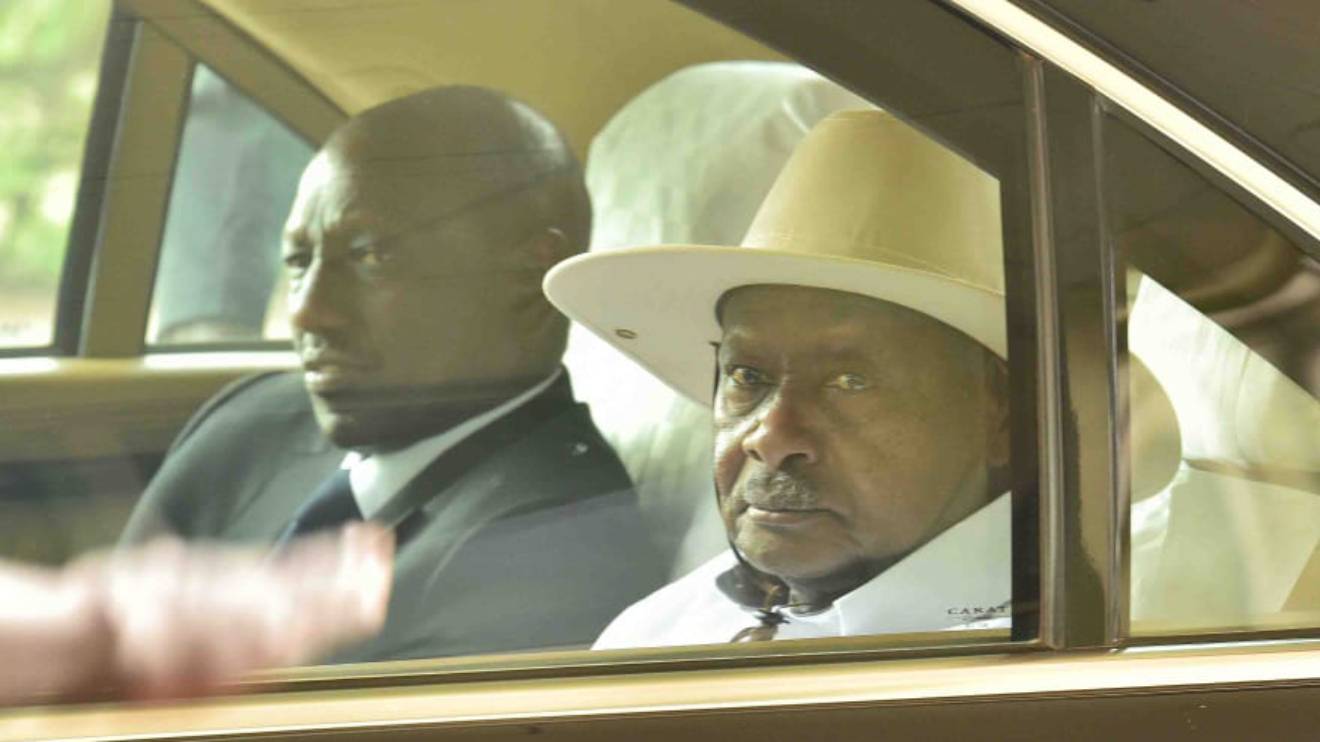

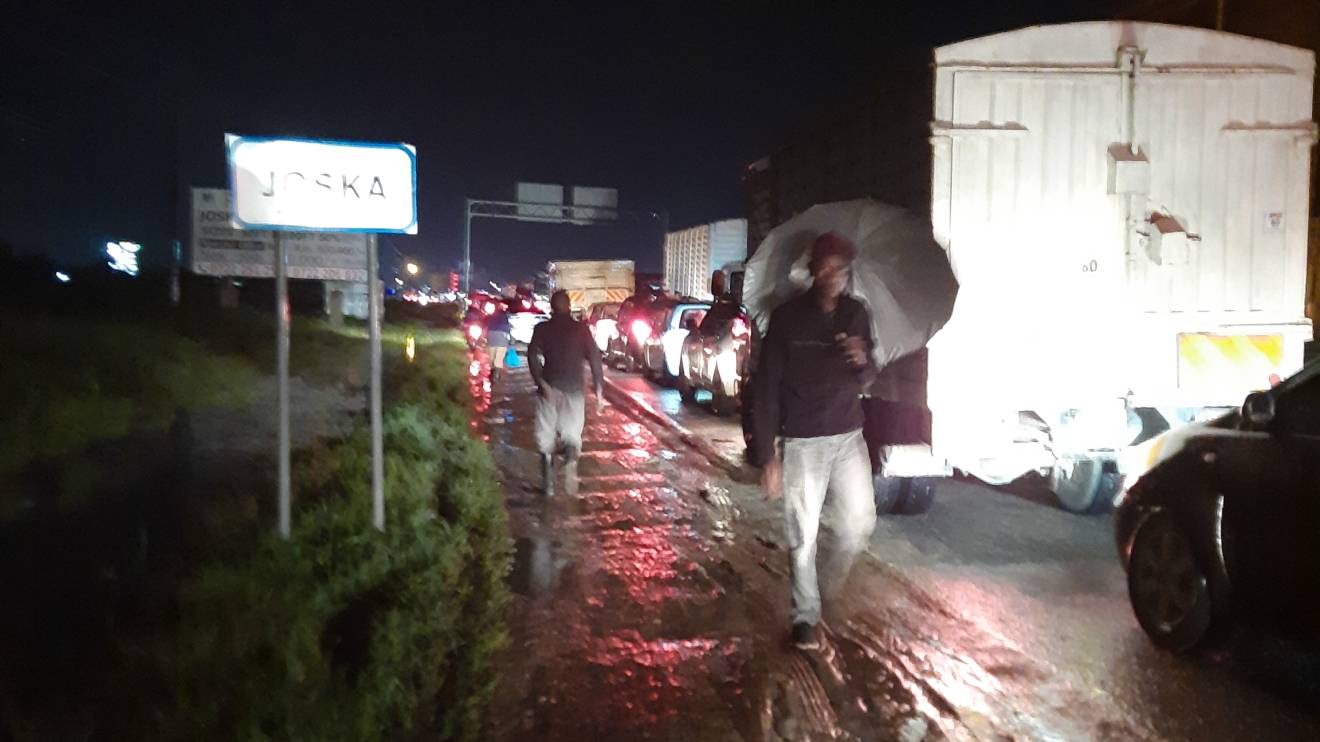
-1714232911.jpeg)

